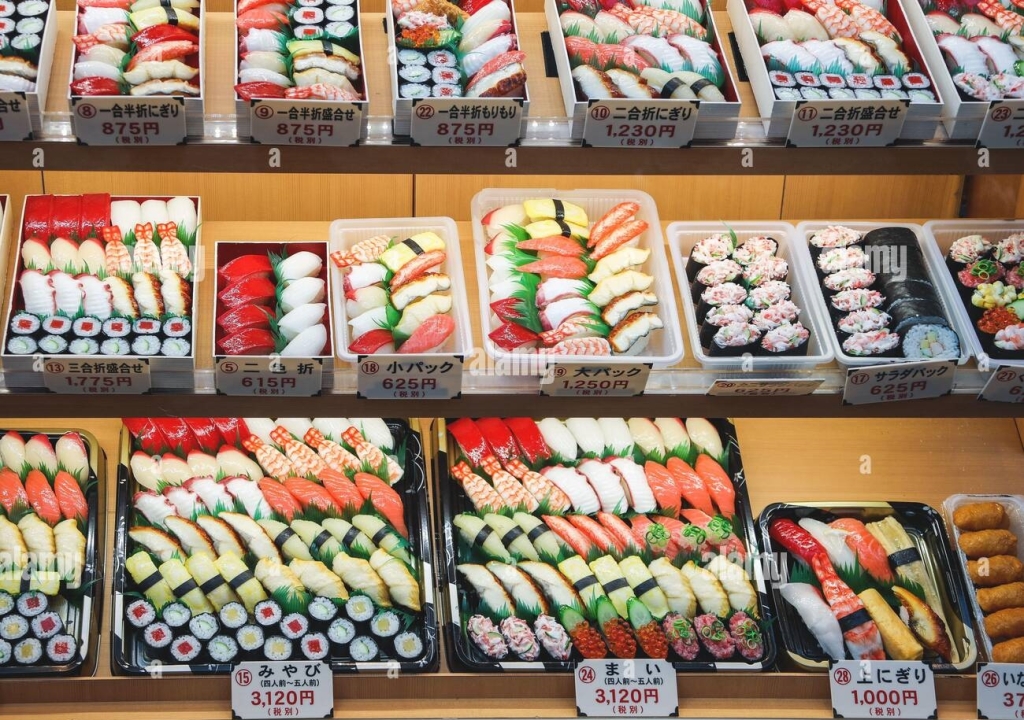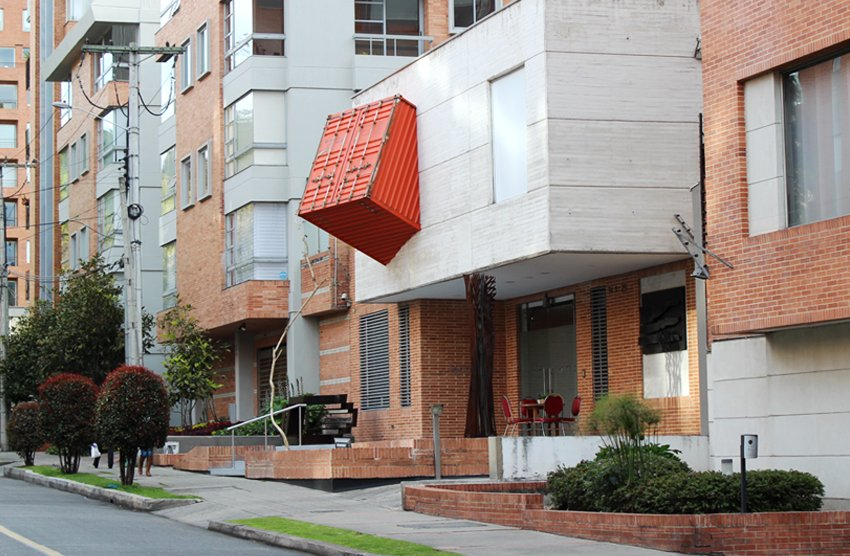Walkthrough Konbini stores in Japan.
Although I have never been to an eastern country yet, there are many details and facts that I have heard about them that motivate me to save money in order to go someday to tour, party, and even study that far from home. People are incredibly caring and kind-hearted; their unique culture, art, manga, traditional architecture, technology infrastructure, delicious food, beautiful landscapes, and something that I have strongly needed since I arrived in Valencia to study for the Master in Business, Product, and Service Management: Accessible 24-7 stores to get goods when craving for something: anything, anytime, anywhere.
Convenience stores, or Konbini “コンビニ” as are known by the locals, are based on U.S. convenience stores like 7-Eleven (a company that also operates in Japan), but in combination with the Japanese concept of Kaizen “改善” (continuous improvement). 1 To satisfy most of the needs of the Japanese, Konbini stores like 7-Eleven Japan rely upon proper synchronization, organization, and clock-like precision to keep their giant network of stores working properly. This paper aims to provide an overview of the supply chain management of 7-Eleven Japan.
Japan is a fast-moving country that greatly values convenience 2 and Japanese Konbini take the convenience factor to a whole new level. They typically offer a variety of services. Bill payments, atm machines, money transfers, parcel shipping, clean and free restrooms, tickets for events, medicine, xuxes, seasonal & limited-time offer goods, tobacco, soft drinks, alcoholic beverages, and even clothing items specifically selected for assisting those who find themselves in a pinch, such as an office worker who spilled sauce on his work shirt, or the high school student who stepped in a puddle and would rather wear dry, fresh socks throughout the day.

The success of Konbini stores in Japan has everything to do with its distribution network, store (warehouse) layout, just-in
time inventory and replenishment policy, and state-of-the-art information systems. For the distribution network, 7-Eleven Japan seeks to obtain a micro-balance between supply and demand through regional, seasonal, and daily products. Also, 7-Eleven Japan Konbini tends to open many stores in a concentrated manner, conquering the market. Close-to-each-other stores enable to reduce transportations costs.
Secondly, 7-Eleven Japan tries to keep inventory expenditures proximate to zero. They count on a vast fleet of small and medium-sized refrigerated vans that are constantly on the move in order to keep every store fully stocked. Stores are replenished at least three times a day. (Abdurakhmonov, 2018). For this, the use of information systems and data helps to maintain better the supply and demand of the stores.
Thirdly, another critical factor for the success of Konbini, like 7-Eleven in Japan, is the speed and efficiency that the supply chain flows. When a store places an order, it is transmitted straight away to the supplier and the D.C. Suppliers base their forecast on the actual customer data provided by Information Systems. Then, orders then are sent by truck to D.C.s in what they call a ‘combined distribution system’. Which categorizes by product type and temperature in each area. (Abdurakhmonov, 2018).
Apparently, Konbinis in Japan are awesome and have a well-structured supply chain coordination, which is aimed toward maximizing the overall supply chain surplus and the convenience of the Japanese people.
1 – https://ebrary.net/1074/political_science/convenience_stores_shelf_life_logistics_behind_loss.
2 – Statista (December 14, 2021). FMCG in Japan – statistics & facts. Taken from https://www.statista.com/topics/7734/fmcg-market-in-japan/#topicHeader__wrapper.
3 – Abdurakhmonov, A (December 18, 2018). Supply chain analysis of Seven-Eleven Japan. Taken from https://www.researchgate.net/publication/332864174_Supply_chain_analysis_of_Seven-Eleven_Japan.





